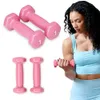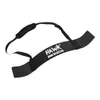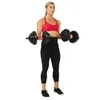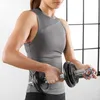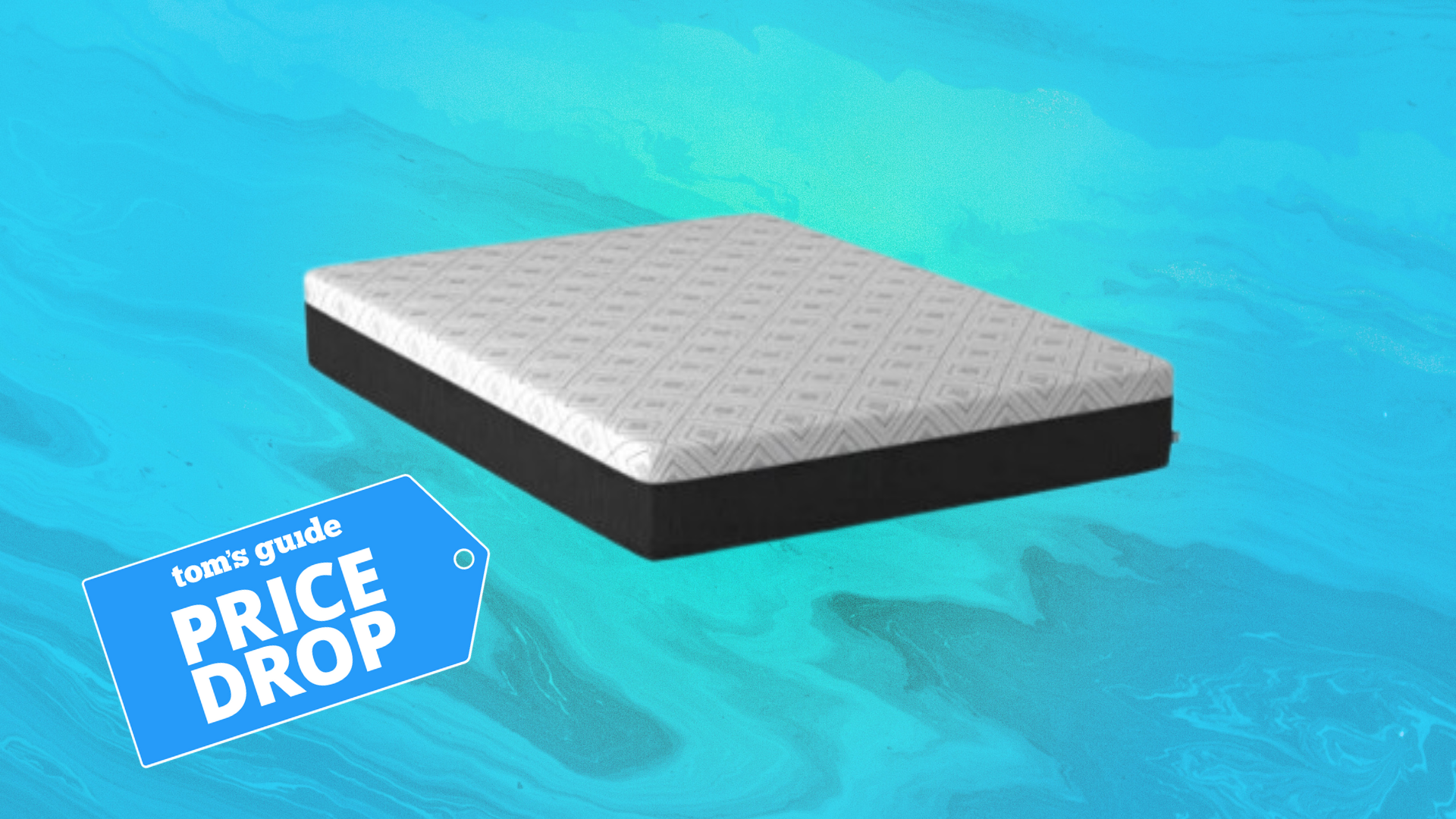I'm a personal trainer — these are the 5 compound exercises I taught my dad to build strength and muscle
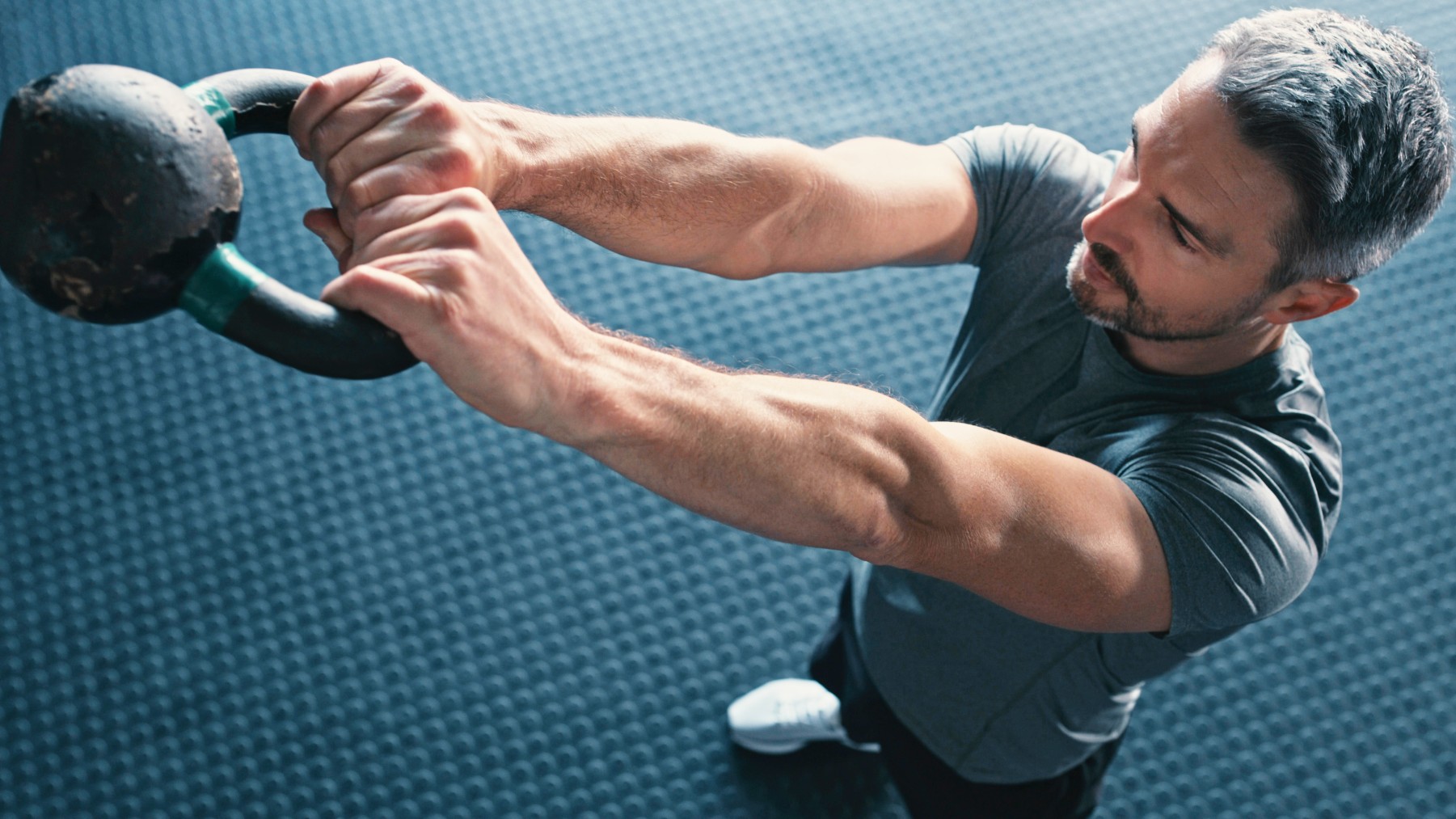
I’ve been coaching my dad for some time now, and I’m amazed by the improvements I’ve seen in his strength and mobility since we started training together twice a week.
He has a program he follows in his own time, and these are five compound exercises he and I swear by. Before we get into the exercises themselves, let me define the term “compound exercise.”
A compound movement is typically multi-joint and multi-muscle, targeting several large groups of muscles rather than building and strengthening just one — think a squat rather than a biceps curl, for example.
Isolation exercises serve a purpose and work well as an accessory to your big lifts. Still, compound movements are more efficient at building strength and muscle and typically burn more calories, too. They also improve overall balance, stability and coordination across your body.
If I had to pick just five exercises to use with my dad, these would be the top picks every time.
What are the 5 compound exercises?
Give these a try, there’s plenty of reason!
Balance trainer eccentric goblet squats
The goblet squat is a weighted squat variation that requires you to hold one weight in both hands using a cupped grip. From here, you’ll perform a regular squat, pause for a moment at the bottom, then drive upward to stand.
Get instant access to breaking news, the hottest reviews, great deals and helpful tips.
At 70 years old, my dad and I were working toward a 100kg deadlift goal (that’s roughly 220 lbs), so it goes without saying he’s in pretty good shape.
However, as we age, strength training isn’t the only form of exercise we should prioritize; balance training becomes even more essential to prevent falls, increase stability in the joints and muscles and help stay resistant to potential injuries, especially as muscle mass loss begins to accelerate from around 50.
One way to do this is to add a balance trainer or Bosu to your existing strength exercises, which is why I’ve added one to my dad’s squat routine.
Hold a weight to your chest and stand with your feet shoulder-width apart on the balance trainer. Find your balance first — a little wobble here and there is normal and will actually help you build stability and strength — engage your core and perform 10-12 squats for 3-4 sets.
Focus on sitting your hips back and reaching depth in the squat position every rep — no half efforts!
Test your balance with a two-pack Bosu trainer and access the Bosu app for inspiration on how to train.
I also love programming single-leg deadlifts and push-ups on the Bosu because it requires more coordination, which also increases your mind-muscle connection.
If that’s not enough, you might also increase core engagement using balance trainers, as movements performed under instability activate stabilizer muscles to prevent you from falling.
For even more of a challenge, try to count five seconds during the lowering phase of the squat — known as the eccentric phase — then powerfully push upward to stand for the count of one.
Here’s how to do a goblet squat step-by-step.
Bench weighted step-ups
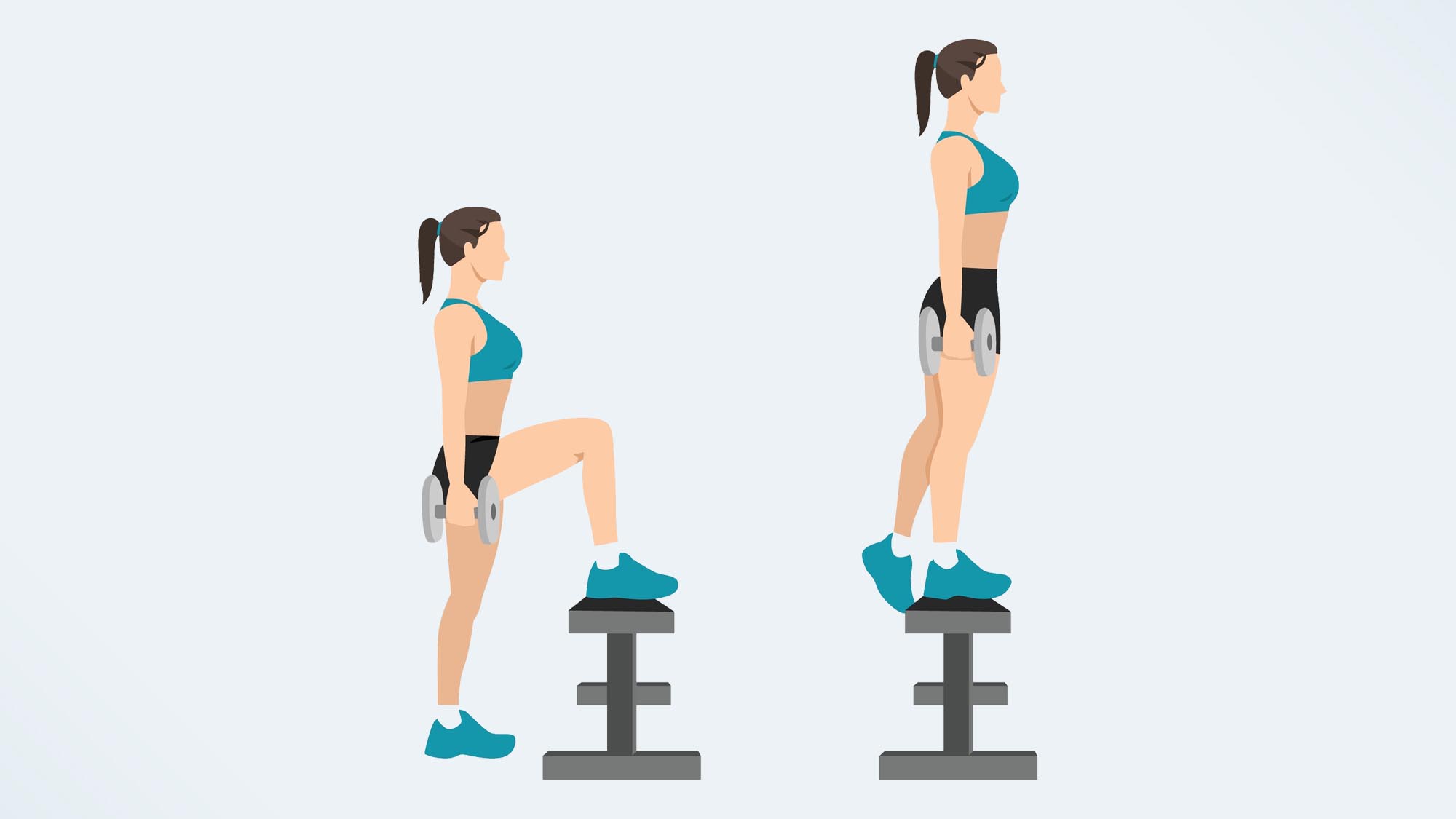
The higher the bench, the better. Of course, if you’re new to this exercise, start with a low platform or go weightless. I add weights when training my dad, and we usually use a set of dumbbells, but you can choose kettlebells or whatever works for you.
Stand in front of a bench holding your weights in the front rack position (racked onto your shoulders) with your elbows pointed forward. You could also grip weights by your sides if you prefer.
Step one foot onto the bench, then drive your bodyweight upward through that leg, slightly leaning forward into the foot as you do. Step your other foot up on the bench and pause, then step down with the opposite leg and lower your bodyweight back to the starting position.
Alternate between legs as you stand and lower. Here’s how to do weighted step-ups. Aim for 3-4 sets of 8-10 reps per side.
NordicTrack Select-a-Weight Adjustable Dumbbells are the perfect way to add resistance to everyday bodyweight exercises without housing multiple weight sets.
Balance trainer stork pose
To use my dad’s words: “I don’t fall over when I put my shorts on now!” This is a testament to how important balance training becomes as you get older, and how quickly you can lose balance without practice.
I’ve watched my dad go from being unable to do this exercise for a second to watching him hold a stork pose for 10 to 20 seconds at a time — no easy feat, I’m telling you.
If you’re unfamiliar with the move, you might find the stork pose challenging enough without a balance trainer, so only use it to increase difficulty further. Aim for 30 seconds per side, standing on the floor, before progressing.
Stand on a balance trainer with your feet hip-width apart and engage your core. Slowly, lift one knee into the air and hold it in the raised position at hip height. For even more of a burn, see if you can extend your raised leg.
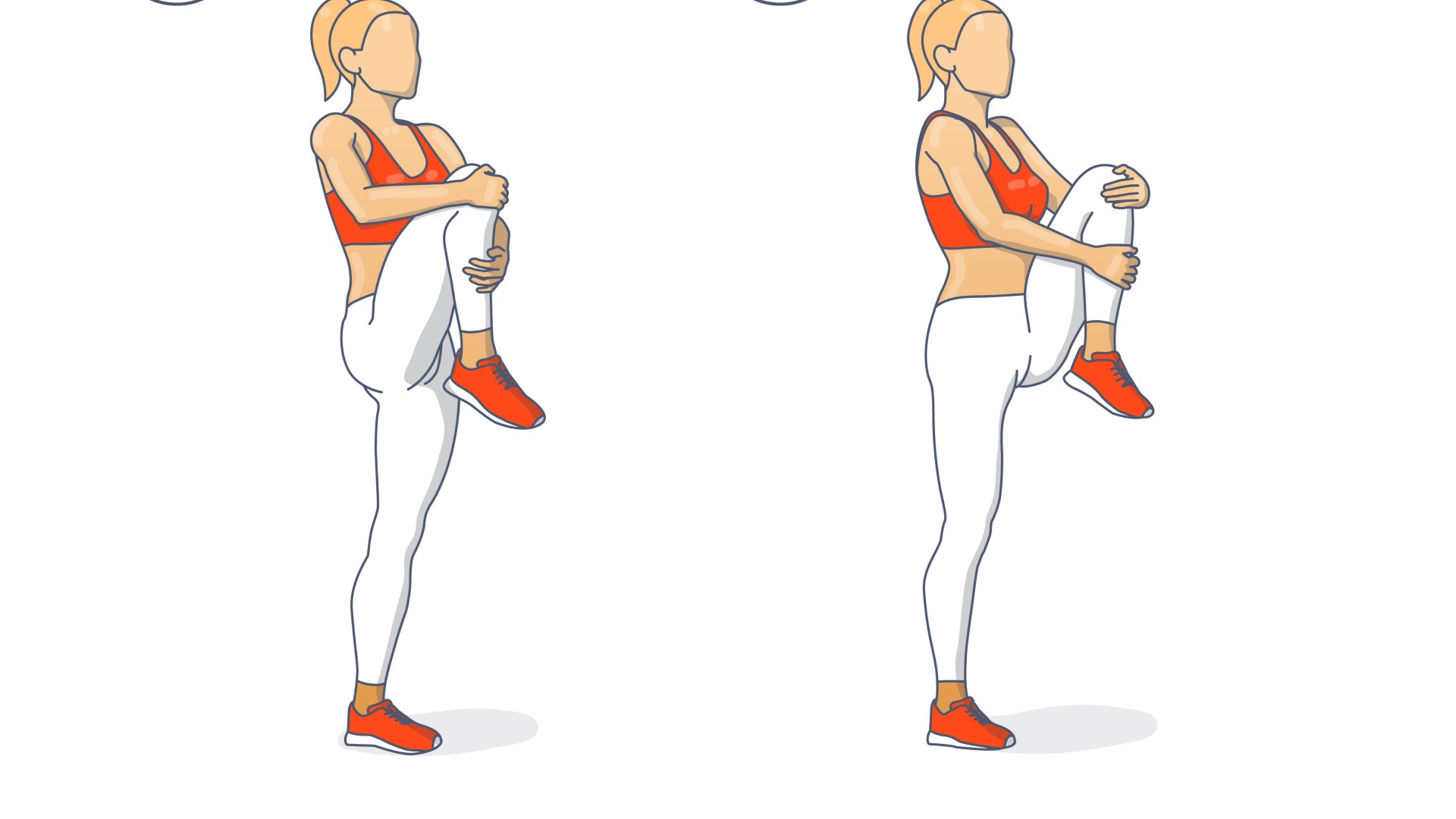
There are a few variations you can try; I recommend placing your hands around your knee and gently pressing toward your chest or keeping your hands on your hips. If you feel brave, raise both arms overhead and hold for as long as you can. Switch sides.
Single-sided movements, especially performed on an unbalanced surface, will strengthen your stability and coordination; think about any time you've raised a leg to tie a shoelace or put on clothes.
Seated leg raises
There’s a strong focus on the hip flexor muscles during this exercise, but more muscle groups are at play.
This includes the core for stability, the quads and hamstrings at the front and back of the upper legs, respectively, and the adductor muscles along the inner thighs. To a lesser degree, you might feel some engagement in your lower back.
This is the ideal exercise to include in your routine if you sit for prolonged periods or experience back pain. Mobilizing your hips, groin and hamstrings will help protect your back, stretch away some tightness and improve posture.
If you have tight hamstrings, I recommend sitting on the edge of a book or yoga block during this exercise — this might also signal it’s time to work on hamstring flexibility!
Beginners, start with your back against a wall or sofa and focus on creating a tall spine without leaning forward, backward, or hunching over; the number one rule of this exercise is to avoid hunched shoulders. Eventually, you might perform the movement unsupported.
Loop bands are great additions to mobility training and core work. I recommend double banding if you get thinner or cheaper bands to give you the extra oomph.
Seated, brace your core and extend both legs in front of you. I recommend placing your hands on the floor next to your hips, but you could also position them at your hips, shoulders, or behind your head for an extra challenge.
Lift your right leg into the air to roughly hip-height, then open your leg to the right side as far as you can without twisting your upper body. Pause, then return to center and lower your leg with control. Switch sides. Remember: slow, controlled motion without swinging your leg for momentum.
I use loop bands similar to the ones featured in our best resistance bands guide and ask my dad to loop them above his knees or ankles to increase the intensity of this exercise, but it’s still demanding without bands. If you add resistance, ensure you can still open your leg and press against the band.
Aim for 2-3 sets of 6-8 reps per side. Here’s how to do seated leg raises in more detail.
Banded shoulder dislocates
Finally, a little upper body work. This is one of my top moves for warming up the shoulders and upper back before an upper-body workout, improving shoulder strength and mobility.
Although the primary focus is your shoulders — all three heads, including the anterior, posterior and lateral, and the stabilizers known as the rotator cuff that sit around the shoulder blades — the movement also targets the trapezius and mid to upper back.
You'll pull a band from in front of you to behind you and back again, so, to a lesser degree, you’ll also stretch the pectorals in your chest.
Stand and hold a resistance band with both hands in front of your thighs, arms extended. I recommend double-looping your band, then using a wide grip; move your hands closer together as your mobility improves.
Create tension through the entire band, pulling against it during the whole movement. Next, lift the band up and over your head, very slightly shrugging your shoulders. Lower the band behind you toward your butt, pause, then lift the band up and over your head and back to the starting position.
Aim for 2-3 sets of 10-20 reps.
More from Tom's Guide
- Strength vs hypertrophy: what's the difference?
- High reps vs heavy weights: which is better for building muscle?
- The 5 best ways to build muscle without lifting heavier weights

Sam Hopes is a level 3 qualified trainer, a level 2 Reiki practitioner and fitness editor at Tom's Guide. She is also currently undertaking her Yoga For Athletes training course.
Sam has written for various fitness brands and websites over the years and has experience across brands at Future, such as Live Science, Fit&Well, Coach, and T3.
Having coached at fitness studios like F45 and Virgin Active and personal trained, Sam now primarily teaches outdoor bootcamps, bodyweight, calisthenics and kettlebells.
She also coaches mobility and flexibility classes several times a week and believes that true strength comes from a holistic approach to training your body.
Sam has completed two mixed doubles Hyrox competitions in London and the Netherlands and finished her first doubles attempt in 1:11.
You must confirm your public display name before commenting
Please logout and then login again, you will then be prompted to enter your display name.





